Landscape painting has a significance place in the art of Pakistan. This painting style, being closely associated with Mother Nature, attracted all kind viewers as well as the artists to pay special attention to the surrounding and atmosphere they have been living in.
Especially the fertile soil of Punjab; clad in the vast green vegetation and serene blues of its five rivers, has always been a lavish visual experience for the artists. In South Asia, as early as the miniature tradition of the Gujarat, the basic patterns of landscape painting were emerging as the backdrop of the illustrations depicting the sacred religious scriptures. Later, it evolved through the Mughal Miniatures in stylized foliage whereas the realistic style of the Company Painting, established proper status of this genre by capturing the local subjects in the Western medium of oil and watercolours.
When Ustad Allah Bakhsh assimilated the local palette with the Western technique, this painting style started to represent the colours and shades of this land. However, the authenticity of Modern Realism enriched landscape painting in Pakistan when Khalid Iqbal painted the light and feeling of the environs with his faded colours, corresponding to the true shades of this terrain.
On the other hand, Anna Molka Ahmad experimented with her expressionistic technique and astonishment that she went through after settling in the urbane atmosphere of Lahore. Later, it was the Khalid Iqbal tradition that has been kept alive by Zulqarnain Haider, Aslam Minhas and Ghulam Rasul with synthesis of their own visual perception. In the second phase, the conceptual and thematic landscapes by Zubeda Javed, Khalid Mahmud and Musarrat Mirza added a new redolence to this popular painting style whereas the dexterity of Mian Ijaz ul Hassan and the industrious perseverance of Ghulam Mustafa, Iqbal Hussain and Peerzada Najam played a vital role in rejuvenating and promoting this art form to the younger generation of artists in Pakistan.
(Nadeem Alam)








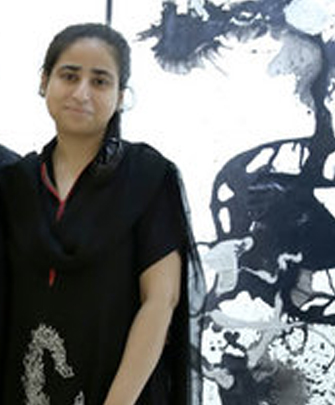



















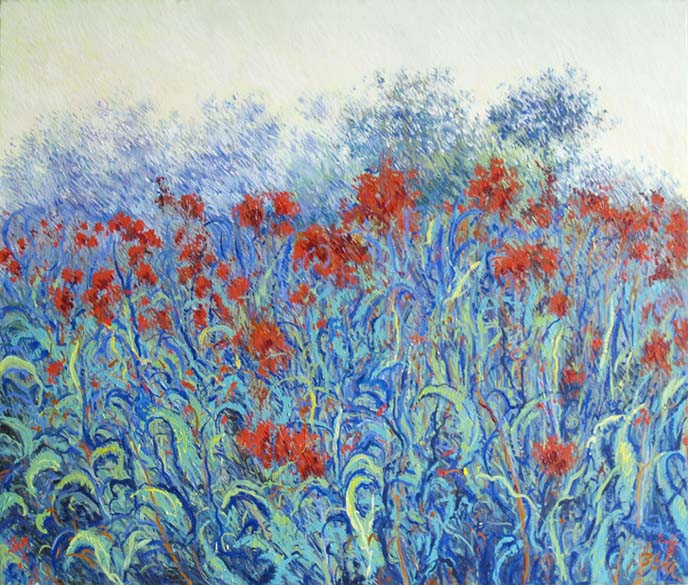












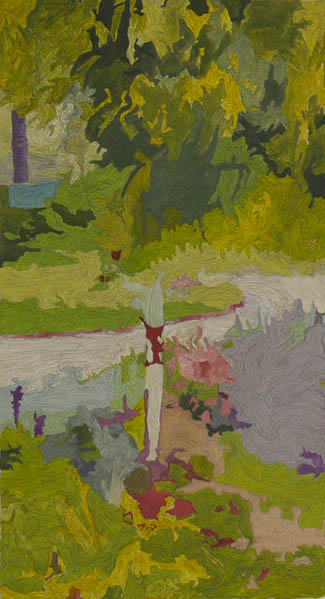









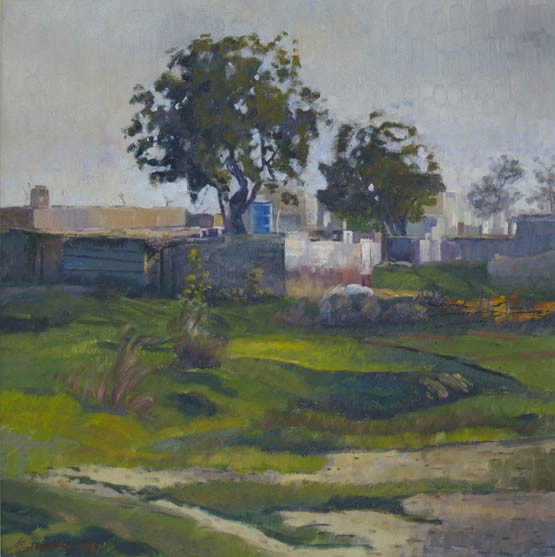


















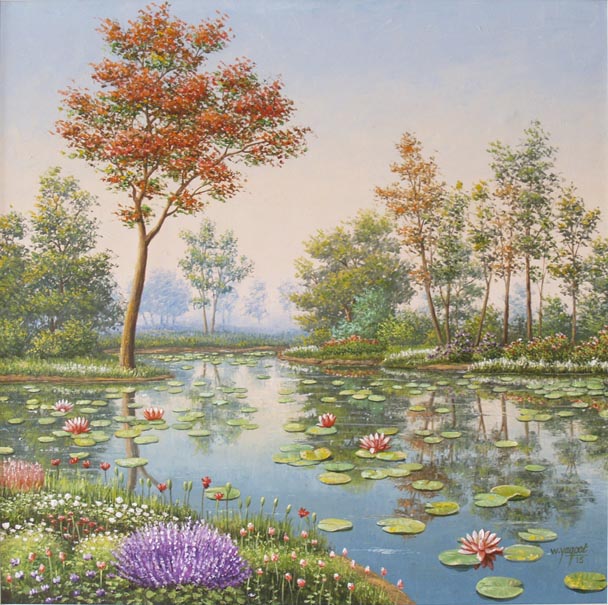

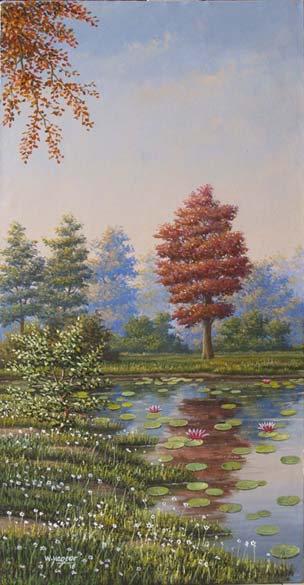

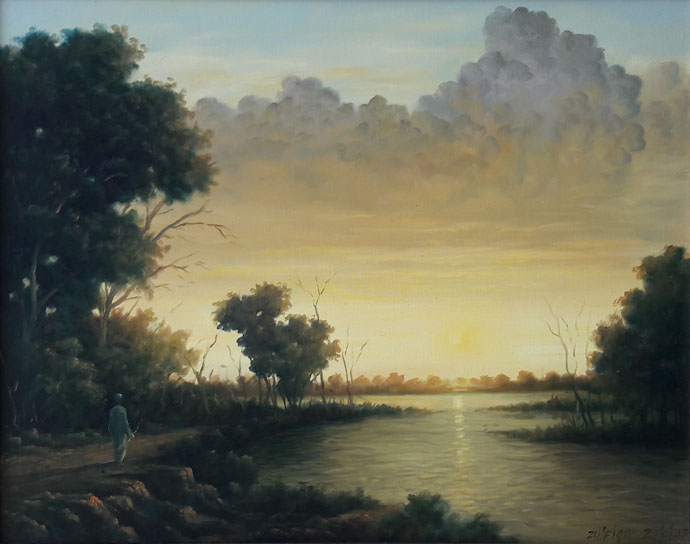

.JPG)
.JPG)
.JPG)
.JPG)
.JPG)
.JPG)
.JPG)
.JPG)
.JPG)
.JPG)
.JPG)
.JPG)
.JPG)
.JPG)
.JPG)
.JPG)
.JPG)
.JPG)
.JPG)
.JPG)
.JPG)
.JPG)